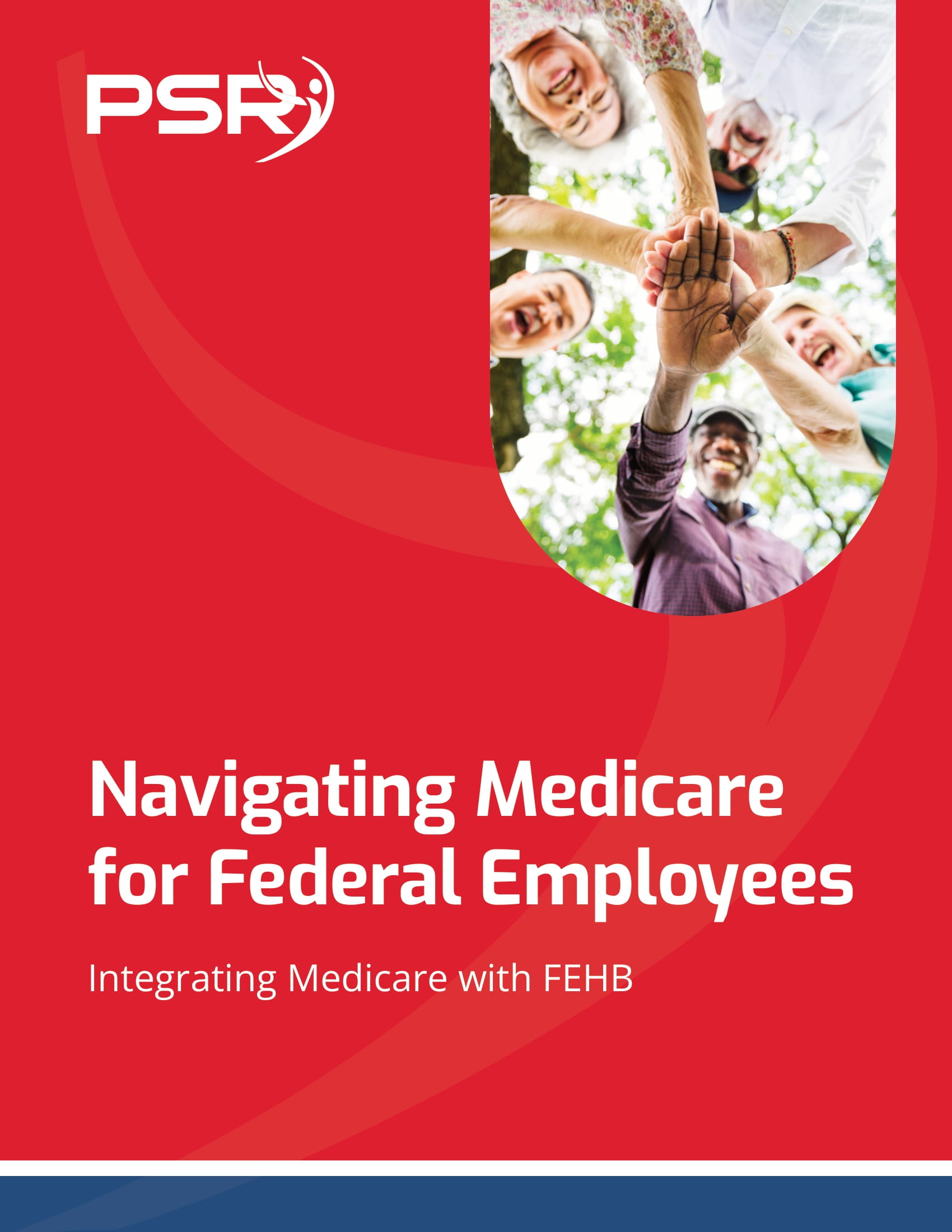Key Takeaways:
- Major policy changes and benefits updates in 2024 can influence federal employees’ retirement plans—preparing now is essential.
- Increased healthcare costs and rising premiums might affect retirees’ long-term financial planning.
This Year’s Federal Employee News Roundup—The Big Updates That Could Impact Your Retirement Plans
- Also Read: FAA, Law Enforcement, and Special Federal Employee Categories—Here’s What Makes Their Retirement Unique
- Also Read: Blending Private and Public Sector Retirement Plans Is Complicated—Here’s Where Couples Get It Wrong
- Also Read: The Silent Shift in Postal Service Retirement Benefits That Could Change Everything by 2026
1. Healthcare Costs and Insurance Premiums on the Rise
Healthcare remains a top concern for federal employees and retirees, and 2024 has brought increases in insurance premiums. The Federal Employees Health Benefits (FEHB) program is set to see a rise of approximately 13.5% in premiums. For retirees, this may mean higher out-of-pocket expenses if they do not coordinate their FEHB with Medicare.
What to Watch Out For:
- Balancing FEHB with Medicare can be a strategic move to minimize healthcare expenses, especially for those approaching age 65.
- Planning for increased healthcare costs now can help retirees avoid financial strain later. Evaluate your current plan and consider options that could lower costs without sacrificing coverage.
2. Thrift Savings Plan (TSP) Updates: New Limits and Changes
The Thrift Savings Plan (TSP) remains a vital component for building long-term financial security for federal employees. This year, contribution limits increased to $23,000, with an additional catch-up contribution limit of $7,500 for those aged 50 and older. These changes allow federal employees to maximize their savings and prepare for a secure retirement.
How This Affects You:
- Review your current contribution levels. Are you maximizing your savings potential? If you’re eligible for catch-up contributions, take advantage of these increased limits.
- Diversify your investments within the TSP to reduce risk, especially as the market shows signs of volatility. Balancing investments between stable options like the G Fund and growth-oriented funds can protect your savings while ensuring potential for growth.
3. Social Security Updates: What Federal Workers Need to Know
Social Security continues to play a significant role in federal retirement planning, particularly for those under the Federal Employees Retirement System (FERS). In 2024, the earnings limit for beneficiaries under full retirement age increased to $22,320. FERS employees should also note that the Windfall Elimination Provision (WEP) may reduce their Social Security benefits if they have fewer than 30 years of substantial earnings covered by Social Security.
Staying Ahead of Social Security Changes:
- If you’re approaching retirement, calculate how WEP might impact your Social Security benefits, and adjust your plans accordingly.
- Consider coordinating Social Security with other retirement benefits like FERS and TSP to optimize your income sources and reduce potential benefit reductions.
4. FERS Annuity Adjustments: What You Should Know
The FERS annuity remains a cornerstone of retirement for most federal employees. The average FERS annuity in 2024 is approximately $1,810 per month. However, for those opting for early retirement through the Minimum Retirement Age (MRA) + 10 option, the annuity may be significantly reduced if retirement occurs before age 62.
Early Retirement Caution:
- Think carefully before opting for early retirement. The reduced annuity can have long-term financial consequences, especially when combined with other costs like healthcare and inflation.
- If considering early retirement, explore strategies to offset potential income reductions, such as utilizing TSP withdrawals or securing part-time employment.
5. Civilian-Military Benefits and Buyback Options: Enhancing Your Retirement Plan
For those with military service, 2024 has seen continued support for buyback programs that allow military time to be credited toward civilian retirement under FERS or the Civil Service Retirement System (CSRS). These programs enhance retirement benefits, boosting both pension payments and Social Security.
Maximizing Your Military Service:
- Evaluate whether buying back your military service years is beneficial for your retirement goals. In many cases, it increases monthly annuities and provides a higher overall benefit package.
- For those who served, understanding how military buyback programs interact with other federal benefits is crucial to developing a comprehensive retirement plan.
6. Postal Service Health Benefits (PSHB) Transition
USPS employees will transition from the FEHB program to the Postal Service Health Benefits (PSHB) program by 2025. This shift is part of broader reforms to tailor healthcare benefits specifically to postal workers, providing customized options that may better align with their needs and circumstances.
Preparing for the Transition:
- USPS employees nearing retirement should review their current benefits and anticipate how PSHB may differ from FEHB. Understanding these differences will help plan for any potential gaps or cost increases in healthcare coverage.
- Stay informed about the upcoming transition timeline to ensure that you adjust your retirement plans to account for any changes that might impact your healthcare and financial situation.
7. Medicare Integration: A Strategy for Lower Healthcare Costs
Many federal retirees use a combination of FEHB and Medicare to lower healthcare costs. With Medicare Part B premiums set to increase in 2024, it’s more important than ever to review how this affects your budget and healthcare choices. Medicare offers broad coverage, but it requires careful integration with FEHB to maximize benefits and minimize costs.
Crafting a Medicare Strategy:
- Evaluate the costs of enrolling in Medicare Part B versus staying solely on FEHB. Consider the potential long-term savings in out-of-pocket healthcare expenses.
- Medicare Advantage plans may be an option for some retirees seeking additional coverage, but it’s vital to compare these plans with existing federal benefits to determine what fits best with your financial and healthcare needs.
8. FEGLI Premium Increases: Reevaluate Your Coverage
Federal Employees’ Group Life Insurance (FEGLI) premiums are rising, particularly for retirees who opt for additional coverage (Option B). As costs increase with age, many retirees are exploring private life insurance alternatives to ensure their coverage remains both adequate and affordable.
Rethinking Your Life Insurance:
- Assess whether your current FEGLI coverage still meets your needs and fits your budget. Given the rising premiums, it may be more cost-effective to explore private options or adjust your existing policy.
- Consider how much life insurance coverage you actually need in retirement and whether reducing coverage might free up funds for other essential expenses like healthcare or long-term care.
Planning Ahead: Navigating the Shifts in Federal Employee Benefits
This year’s changes to federal employee benefits are significant and could greatly influence retirement strategies. Staying proactive and well-informed about these updates allows public sector workers and retirees to make the best financial and healthcare decisions. Whether it’s adjusting investment strategies in your TSP, rethinking healthcare options, or preparing for major program transitions like PSHB, planning ahead ensures you’re prepared for a stable and secure retirement.













